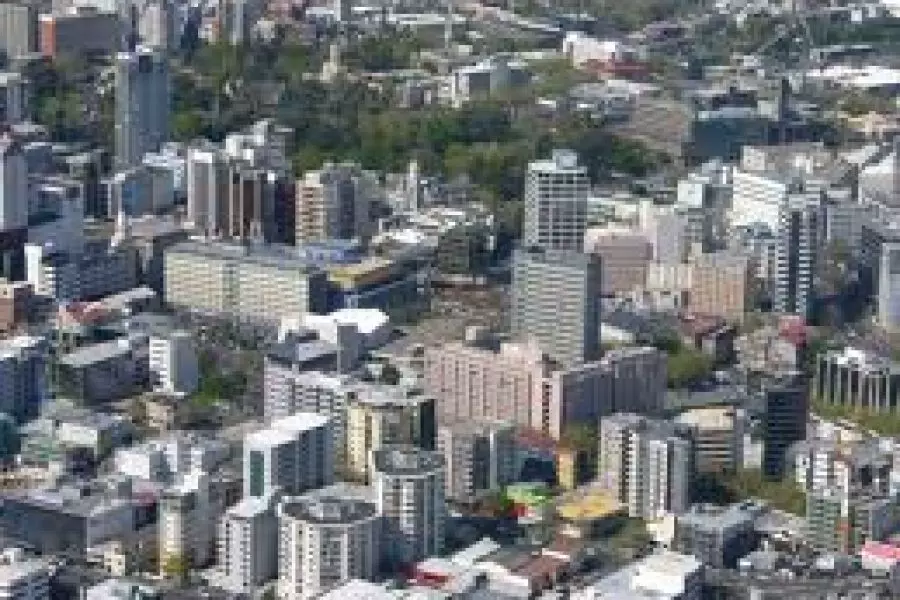News
Investor demand set to slow in Auckland

Wednesday 29th of July 2015
Speculation that last week’s cut to the OCR will further drive Auckland’s rapidly rising prices has been widespread.
Yet the example of Canterbury suggests that expecting continued Auckland house price growth is not a one-way bet, according to the ANZ’s latest Property Focus newsletter.
Auckland house prices remain stretched relative to both incomes an...
Want to read the full article?
Click the button below to subscribe and will have unlimited access to full article and all other articles on the site.






![[The Wrap] Bye Bye Bayly](https://goodreturns.publit.io/file/c_fill,w_900,h_600/39f23ac1-f7c7-4854-b700-a150004ebbac.webp)


